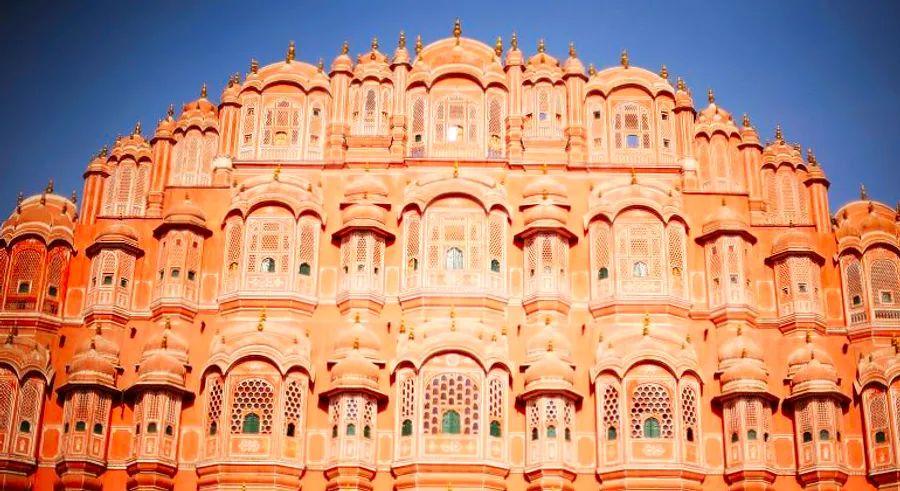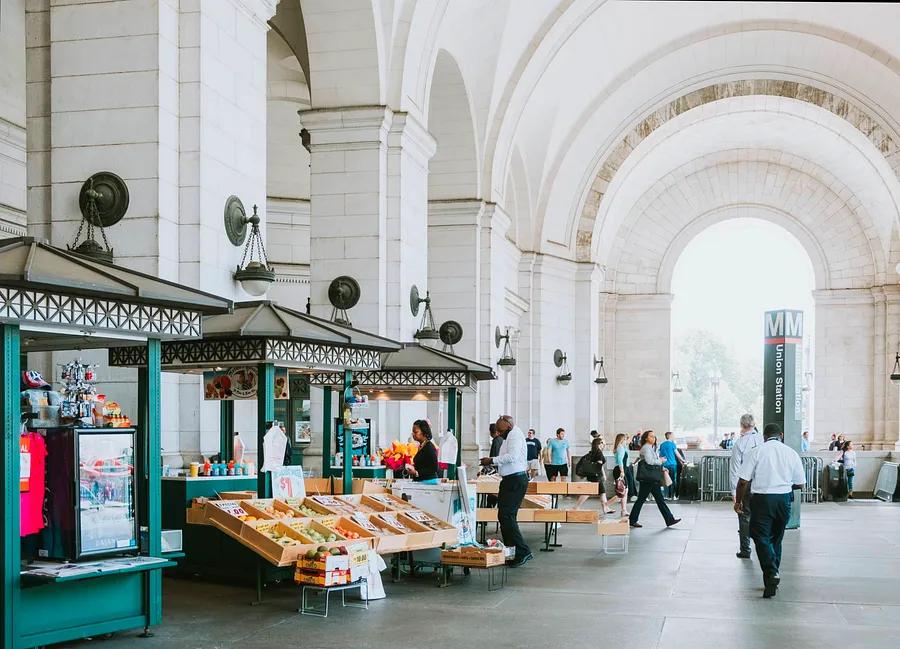Jaipur: A Masterpiece Crafted by an Astronomer Prince's Ideal of Perfection

Located just an hour’s flight southwest of Delhi, Jaipur is famously known as the 'Pink City,' a title derived from the signature salmon-colored buildings that line its streets.
However, strolling through the Old City might catch visitors off guard, who may expect a maze of narrow alleys like those in Old Delhi or Jodhpur.
Founded in 1727, Jaipur holds the distinction of being India’s very first 'planned' city, designed with foresight and precision.
Every minute detail was meticulously planned before the city’s foundation stone was laid, from the alignment of its gates to the inscriptions above each shopfront.
The city's precise design reflects the vision of its founder, Maharaja Sawai Jai Singh II, a learned prince deeply interested in astronomy, mathematics, and science.
According to Pankaj Sharma, former chief curator at the City Palace Museum in Jaipur, 'He envisioned the city as a place of prosperity, safety, and harmony, where everything had its rightful place.'
Sharma adds, 'At the time, cities were sprawling endlessly without any clear direction. But due to the natural barriers of mountains to the north and east, Jai Singh II had to think strategically to build his city within those constraints.'
India’s pioneering planned metropolis

In the 1700s, Amber City, nestled in the mountains near Jaipur, served as both the capital and the royal seat during the Mughal Empire.
However, repeated droughts in Amber prompted the rulers to search for a more suitable location to relocate their capital city.
This search led them to the site of Jaipur.
Although building on flat terrain was unconventional for the time, the location offered strategic advantages on multiple fronts.
The surrounding mountains offered natural protection and a reliable water source.
Moreover, the location was strategically placed to enhance accessibility for thriving trade and commerce.
To design the city, Jai Singh drew inspiration from European cities, gathered maps from across the globe, and appointed the renowned Indian architect Vidyadhar Bhattacharya as the chief planner.
Together, they crafted a meticulous blueprint for Jaipur, basing the city’s grid layout on Vastu Shastra, an ancient Hindu architectural philosophy.
Vastu Shastra: The Ancient Principles of Sacred Architecture
Vastu Shastra, meaning 'science of architecture,' seeks to harmonize architecture with nature, while integrating ancient patterns, sunlight, and symmetry.
Though not bound by rigid rules, the philosophy typically organizes spaces into square grids known as 'mandalas' to maintain order.
'We have a complete manuscript in Sanskrit on the 'science of architecture' – Vastu Shastra,' says Sharma.
'By following the principles of Vastu Shastra, everything has its designated place—water, temples, homes, and all other elements,' he adds.
The Importance of Symbolism and Symmetry in Design

As you enter Jaipur’s Old City, you’ll immediately sense a peaceful atmosphere, even amidst the constant crowds.
This tranquility is partly due to the city’s easy-to-follow layout: Jai Singh divided the city into nine distinct squares, each representing one of the nine planets.
Protected by 20-foot-high walls, each block is organized into streets aligned with cardinal directions. Main streets are 110 feet wide, while smaller market lanes measure 55 feet, according to UNESCO.
He designated two squares in the northern part of the city for the palace, while the remaining seven were allocated for clusters of government buildings, homes, shops, and temples.
There are seven gates, most of which are named after celestial bodies – the 'Sun' gate faces east, and the 'Moon' gate faces west.
The most significant gate, known as Dhruv Pol (the north gate), faces the ancestral capital, Amber City.
'Sawai Jai Singh was an accomplished astronomer, so his decisions were deeply influenced by the celestial bodies,' explains Sharma.
'For instance, he believed that all temples should be oriented towards the north, and all entrances should face east,' adds Sharma.
The Devil Lies in the Details

Bhattacharya, the head of the building department, oversaw the uniformity of each house and shop, ensuring everything from the floor plans to the calligraphy and white floral wall motifs remained consistent.
'At that time, the building department handled all aspects, from painting to carpentry and masonry, making sure everything was uniform and precise,' says Sharma.
'For every building, there was a detailed plan specifying everything—height, depth, and more. Every design followed the grid system, allowing laborers to easily adhere to the instructions.'
As for the iconic salmon-pink hue? Sharma explains that the original color had a natural pinkish tint, as the buildings were made from white limestone mixed with Indian red brick powder.
In preparation for the visit of the Prince of Wales in 1876 – at a time when Jaipur was a British protectorate – Maharaja Sawai Ram Singh II ordered the entire city to be re-painted in terracotta pink. The color symbolized hospitality and helped soften the harsh sunlight.
'After the Prince’s visit, Sawai Ram Singh II decreed that all shopkeepers and households maintain the now-iconic pink color,' says Sharma. 'This tradition has been upheld ever since.'
Celestial Encounters

Visitors can observe Jai Singh's meticulous attention to detail and his deep passion for science at one of the city's most iconic landmarks: Jantar Mantar.
One of five observatories built by the astronomer prince across India, this UNESCO-listed site was founded in the early 18th century.
It stands as the most well-preserved ancient observatory in India, housing more than a dozen functioning astronomical instruments made from exquisite local marble, designed to monitor constellations, time, and horoscopes.
'The calculations here are remarkably precise, and they still function perfectly after centuries,' says Sharma.
'With these instruments, you can determine the time, the position of the sun and moon, wind direction, astronomical signs, and even predict rainfall,' he adds.
A standout feature is the towering Samrat Yantra, also known as 'The Supreme Instrument.' This striking white marble structure includes a 90-foot staircase that appears to ascend toward the sky.
It remains one of the world’s largest sundials, and even today, it is accurate to within two seconds.
Another highlight is the massive Jai Prakash Yantra, which consists of two inverted domes set into the ground.
Each one acts like a celestial roadmap, displaying a hemisphere of the stars and tracking the sun’s rotation.
Evaluation :
5/5



